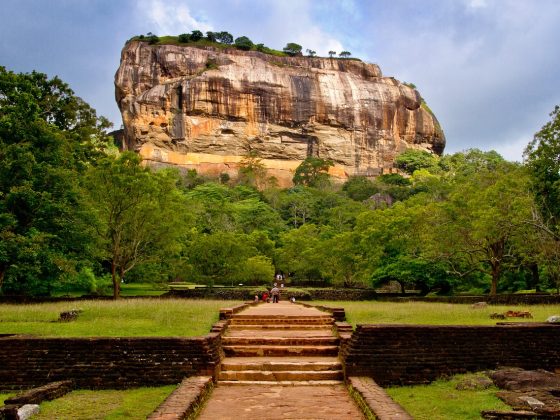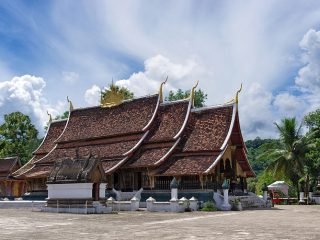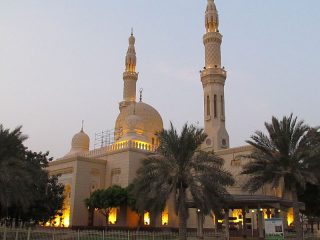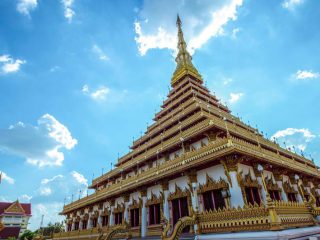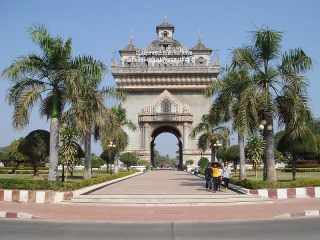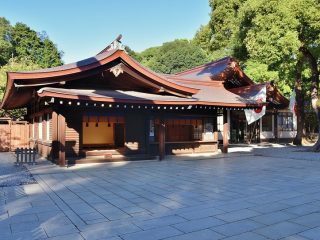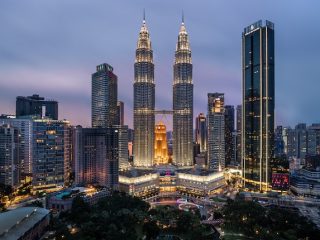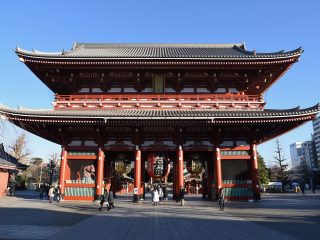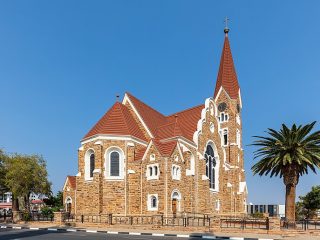In the heart of the ancient city of Angkor in Cambodia stands a mesmerizing architectural masterpiece – Bayon Temple. Renowned for its magnificent stone faces and intricate carvings, Bayon Temple is a jewel among the temples of the Angkor Archaeological Park. This mystical and enigmatic structure captivates visitors from around the world, offering a glimpse into the artistic and spiritual brilliance of the Khmer Empire.
Historical Significance and Origins
Built during the 12th and 13th centuries under the reign of King Jayavarman VII, Bayon Temple served as the state temple and the centrepiece of Angkor Thom, the capital city of the Khmer Empire. The temple stands as a striking example of Khmer architectural style and reflects the empire’s powerful religious and cultural influences.
The Architecture
Bayon Temple located close to properties such as Anantara Angkor Resort is a sprawling structure comprising three levels and boasts over 200 massive stone faces. The temple’s most distinctive feature is the numerous serene and smiling faces that adorn its towers. Scholars believe that these faces represent the bodhisattva Avalokiteshvara or a combination of the king and the bodhisattva, signifying the divine and earthly powers embodied in the Khmer ruler.

Symbolism and Spirituality
Bayon Temple holds deep spiritual significance for the Khmer people. As a temple dedicated to Buddhism, it reflects the integration of Hindu and Buddhist elements that were prevalent during the Khmer Empire. The intermingling of deities from both faiths serves as a testament to the religious harmony that characterized ancient Cambodian society. The design of the temple is believed to represent Mount Meru, the sacred mountain in Hindu and Buddhist cosmology. The central tower symbolizes the peak of Mount Meru, while the surrounding towers represent the surrounding mountains and oceans.
Unanswered Questions
Despite extensive research, Bayon Temple still holds many mysteries yet to be fully uncovered. The exact purpose of the smiling faces and the reason behind their placement remains a subject of speculation among historians and archaeologists. Some theories suggest they were meant to represent the all-seeing and benevolent gaze of the Khmer king, while others believe they embody spiritual guardians protecting the temple. Another intriguing aspect is the potential astronomical alignment of the temple. Some scholars propose that certain features of Bayon were designed to align with celestial events, though conclusive evidence is yet to be found.
Conservation Efforts and Tourism
Bayon Temple, like many other structures in Angkor, faces significant challenges from natural deterioration and the impact of tourism. Preservation efforts by Cambodian authorities and international organizations have been ongoing to protect and restore the temple’s delicate carvings and structures. Responsible and sustainable tourism practices are encouraged to ensure the longevity of this cultural treasure for future generations to admire and learn from. If you’re interested in visiting, you can book a Boutique Hotel in Siem Reap located close to the temple and pay a visit easily.



